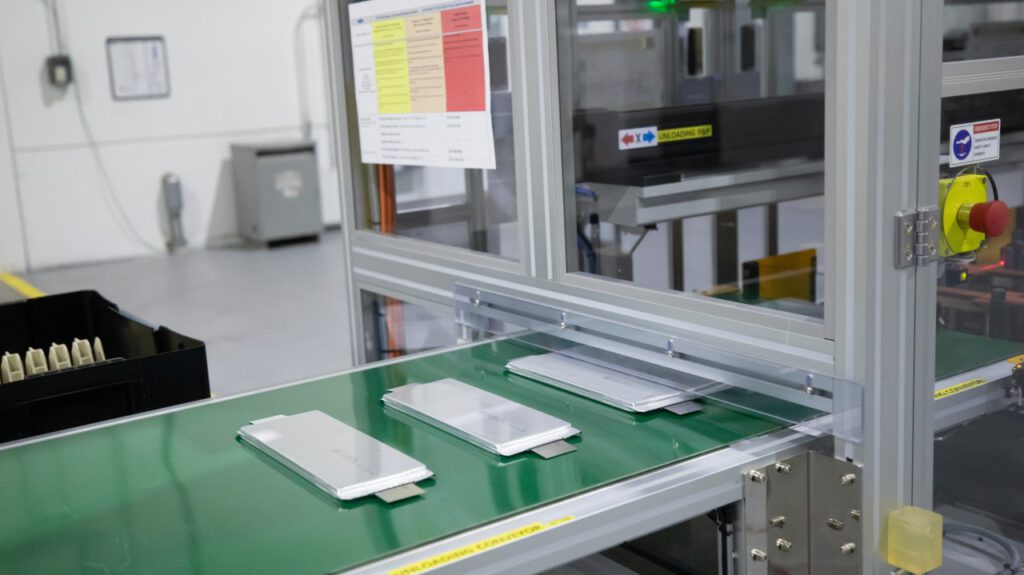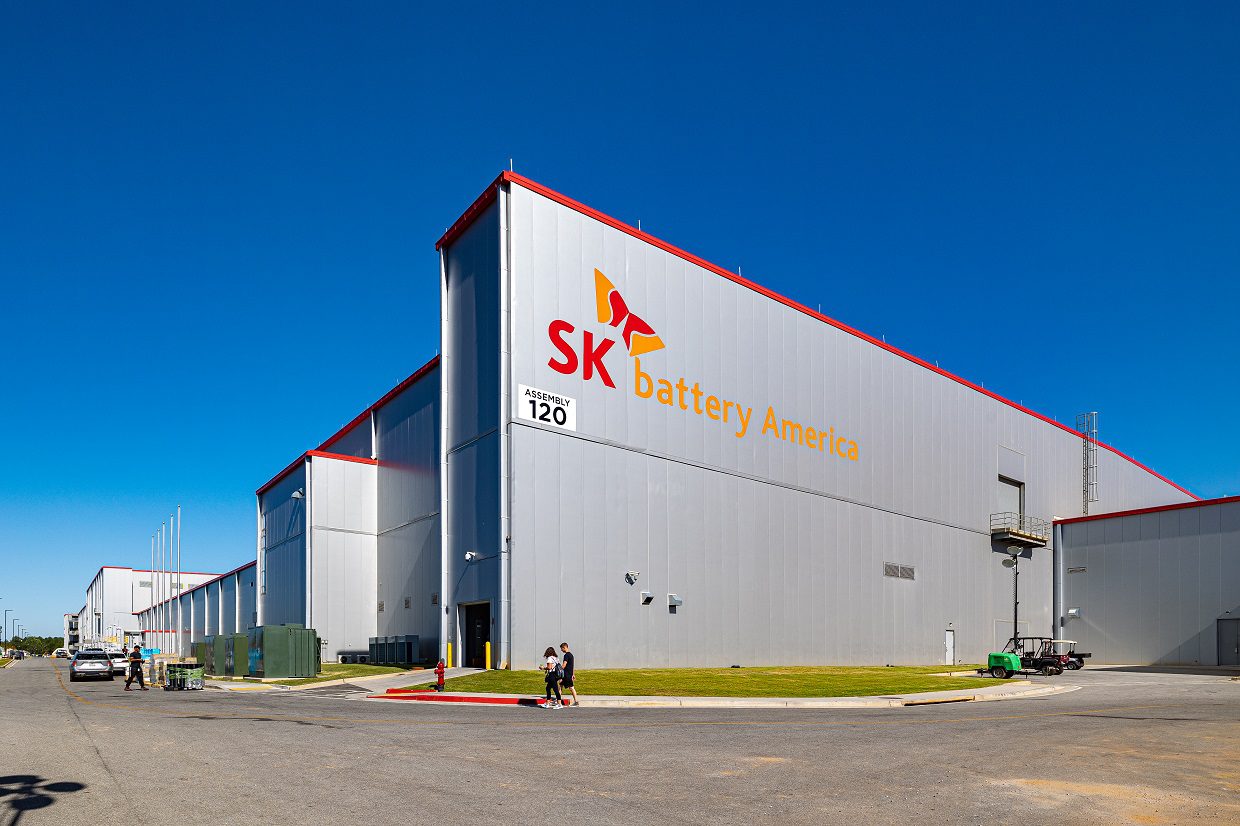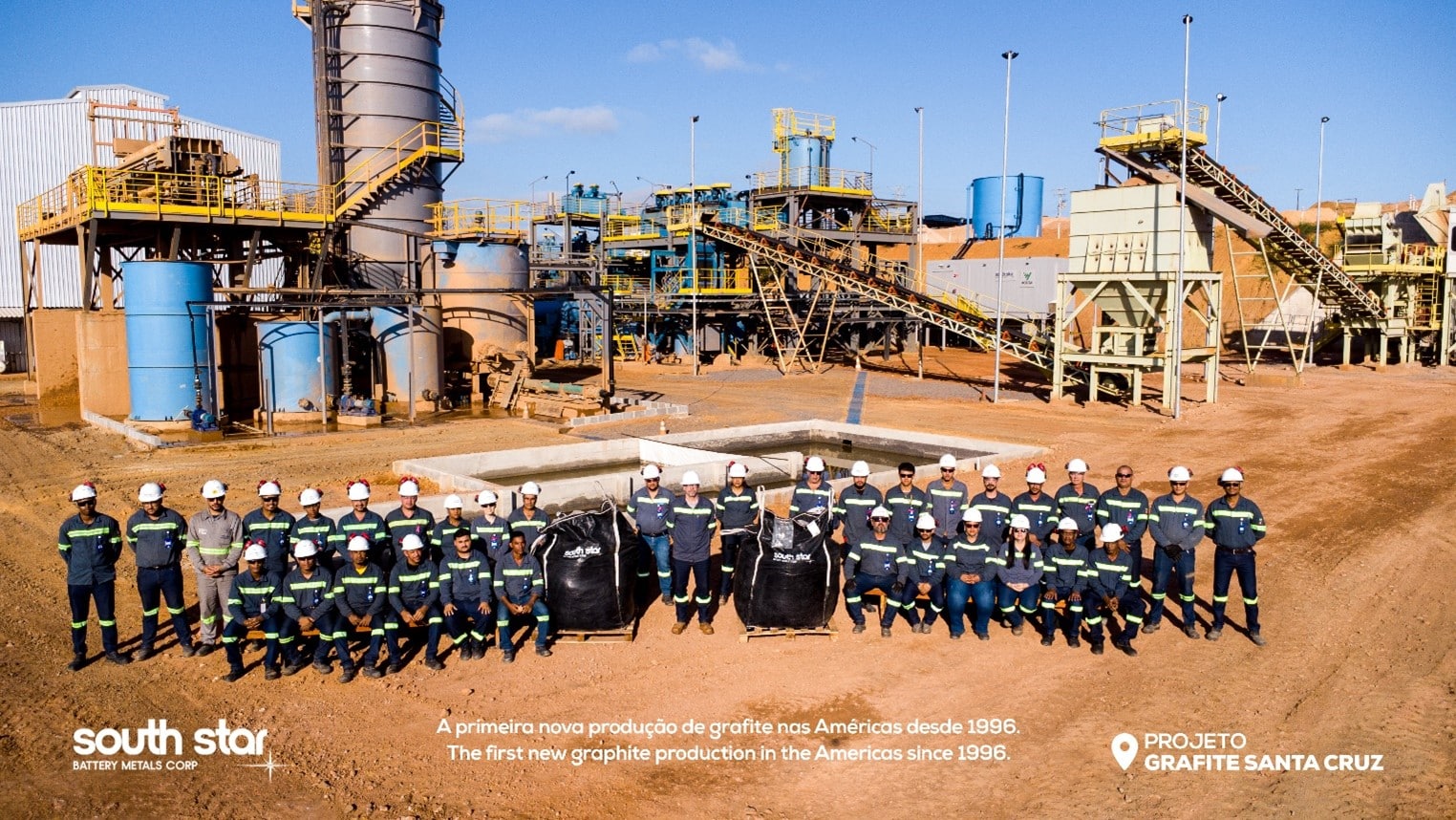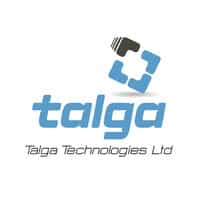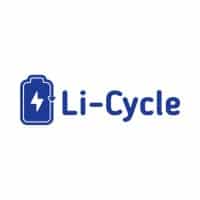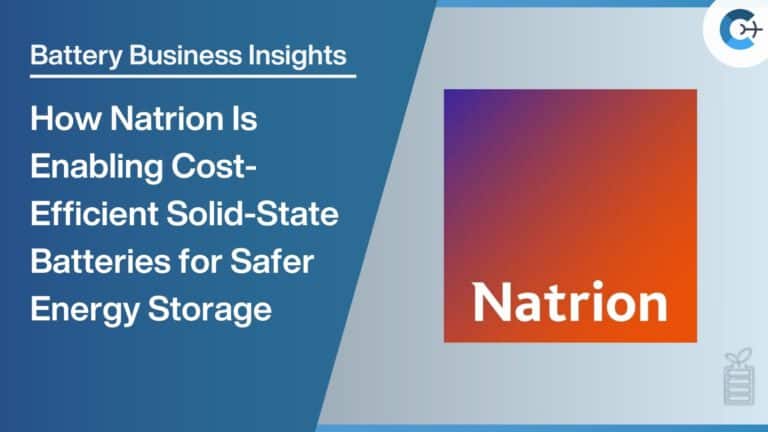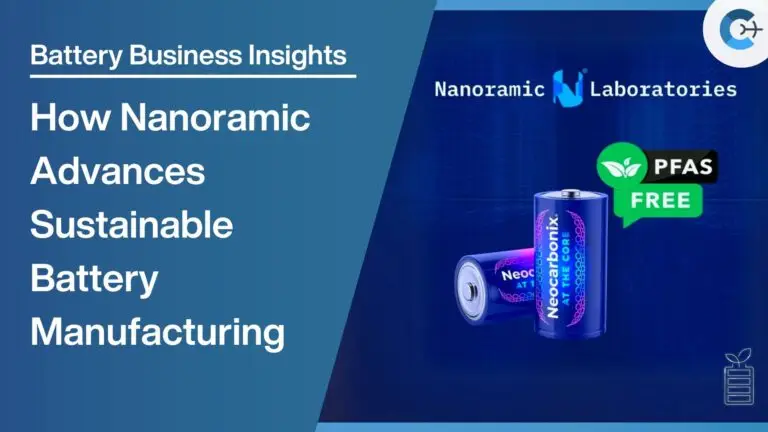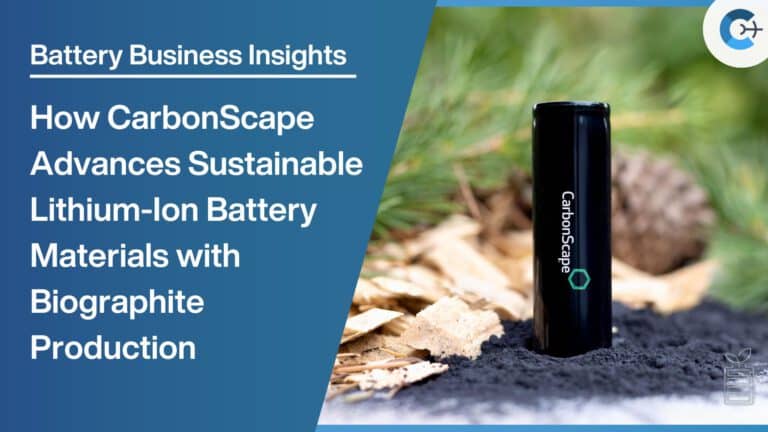Ford has announced a significant advancement in its electric vehicle (EV) technology with the development of a new Lithium Manganese Rich (LMR) battery chemistry. This breakthrough is aimed at producing more affordable and long-range electric vehicles by the end of the decade. After extensive research and development at Ford’s Battery Center of Excellence, Ion Park, the company is now scaling up LMR cell chemistry for integration into its future vehicle lineup. The team is currently producing second-generation LMR cells at the pilot production line.
The LMR battery technology offers several advantages. It provides enhanced safety and stability comparable to Lithium Iron Phosphate (LFP) batteries, ensuring reliability and user safety. Additionally, the LMR battery boasts a higher energy density than high-nickel batteries, which translates to greater vehicle range on a single charge and reduces range anxiety for EV users. A crucial benefit of the LMR chemistry is its potential for unprecedented cost reduction, targeting prices significantly lower than those of existing mid-nickel batteries. This cost efficiency is essential for achieving cost parity with gasoline-powered vehicles, thereby making electric vehicles more accessible to a broader audience.
The Battery Center of Excellence at Ion Park serves as the hub for Ford’s battery innovation. It comprises over 135 chemists, manufacturing engineers, and scientists from leading battery companies and research institutions worldwide. Equipped with state-of-the-art facilities, the team fosters a culture of relentless innovation, focusing on materials science, cell design, and manufacturing processes to reduce costs and enhance performance.
Ford’s progression in battery technologies began with the adoption of Nickel Cobalt Manganese (NCM) batteries and the introduction of Lithium Iron Phosphate (LFP) batteries in 2023. The development of LMR batteries represents the next phase in Ford’s strategy to advance EV technology and meet evolving market demands.
Ford’s overarching goal is to achieve cost parity between electric and gasoline vehicles, thereby delivering affordable EV options to consumers. The introduction of LMR battery technology is a critical step toward this objective, enabling the production of electric vehicles that are both economically viable and appealing to a wide market segment.
Source: LinkedIn

